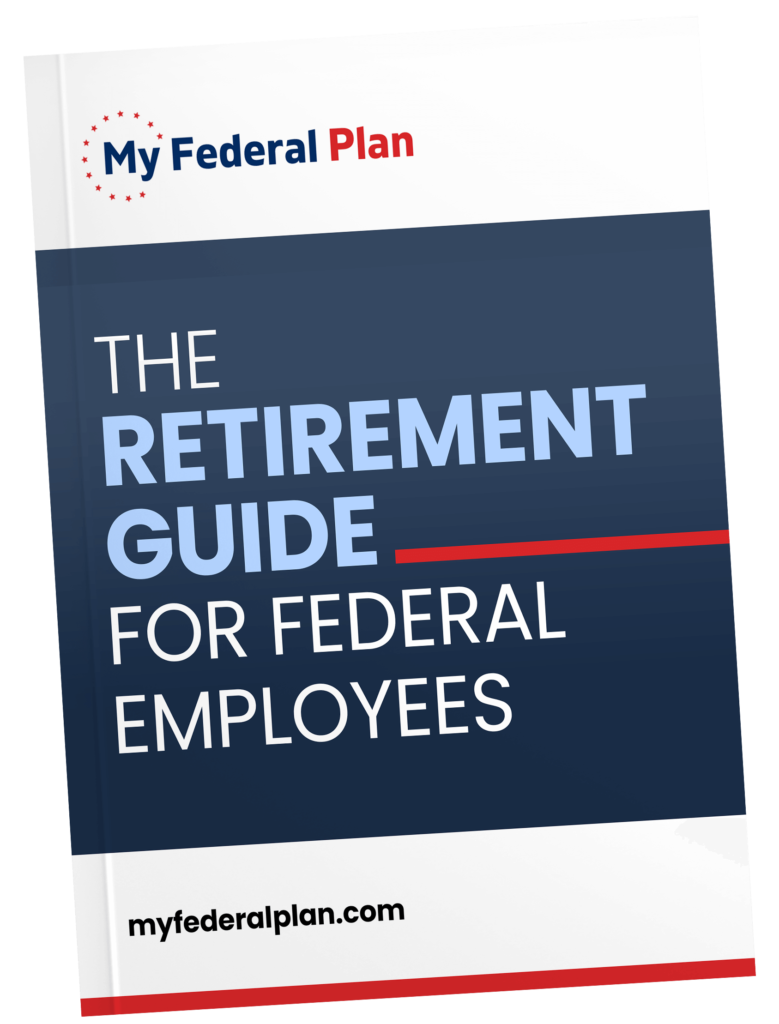Retirement planning is a crucial aspect of every working individual’s life, and for federal employees, understanding their unique benefits can make a significant difference. One common question is, “Do federal employees get a pension and Social Security?”
This article aims to shed light on this question and provide a comprehensive understanding of the retirement benefits offered to federal employees. Key terms such as pension, Social Security, and the Federal Employees Retirement System (FERS) will be highlighted and discussed in detail.
Overview of the Federal Employees Retirement System (FERS)
FERS is a retirement system established by the United States government in 1987 to provide benefits to federal civil service employees. This comprehensive system consists of three key components: the Basic Benefit Plan (pension), Social Security, and the Thrift Savings Plan (TSP). To be eligible for these benefits, an employee must meet certain service years and age criteria, which will be explored later in this post.
Understanding Pension for Federal Employees
The Basic Benefit Plan, or pension, is a core component of the Federal Employees Retirement System (FERS) that offers financial stability to retired federal employees. This plan provides a lifetime annuity which essentially means a regular income after retirement, allowing federal retirees to navigate their post-retirement years with greater ease.
Eligibility for a federal pension depends on a few key factors – namely, the length of service and the age of the employee. For instance, to be eligible for an immediate, unreduced retirement benefit, a federal employee needs to be a minimum of 62 years old with five years of service, or 60 years old with 20 years of service, or at any age with 30 years of service. Employees meeting other combinations of age and service years may also be eligible for retirement benefits, though potentially with a reduction.
The amount of the federal pension is determined using a formula that takes into consideration the highest average salary earned over any three consecutive years of service – known as the “high-3” average pay – and the total years of creditable service. The pension calculation involves multiplying the high-3 average pay by a certain percentage (1% or 1.1%, depending on age and length of service), then multiplying the result by the years of service.
For instance, if a federal employee retires after 30 years of service with a high-3 average pay of $100,000, the yearly pension would be $30,000 (1% of $100,000 multiplied by 30 years). For those who retire at 62 or older with at least 20 years of service, the multiplier increases to 1.1%, providing a higher pension benefit.
Federal Employees and Social Security Benefits
Alongside the pension, federal employees under FERS also contribute to and receive benefits from Social Security, just like private-sector employees. Social Security serves as a crucial component of retirement income, offering financial protection against the uncertainties of life post-retirement.
However, it’s essential to note that federal employees hired before 1984, and covered under the Civil Service Retirement System (CSRS), might not have Social Security coverage. For these employees, the CSRS pension benefits may be more substantial to compensate for the lack of Social Security benefits.
Federal employees under FERS contribute a portion of their earnings to the Social Security fund, which in turn entitles them to Social Security benefits upon retirement. The amount of Social Security benefit received depends on the employee’s earnings record and the age at which they start receiving benefits.
While Social Security is a part of the retirement package for federal employees, certain provisions may reduce the benefits for those who also receive a federal pension. The Windfall Elimination Provision (WEP) and the Government Pension Offset (GPO) are two such provisions that can affect the Social Security benefits. The WEP can potentially decrease the Social Security benefits for individuals who also receive a pension from a job where they did not pay Social Security taxes (like certain federal employees under the CSRS system). The GPO affects spouses who receive a federal pension and are also entitled to Social Security benefits through their spouse’s record.
Understanding these elements of the pension and Social Security systems is essential for federal employees to effectively navigate and plan their retirement.
Thrift Savings Plan (TSP) as a Supplemental Retirement Benefit
The third component of FERS is the Thrift Savings Plan (TSP), a tax-deferred retirement savings and investment plan similar to private sector 401(k) plans. The TSP offers a unique advantage – federal employees receive matching contributions from the government, thus magnifying their retirement savings.
Common Misconceptions about Federal Employees’ Retirement Benefits
A common misunderstanding is that federal employees cannot receive both a federal pension and Social Security. As outlined above, under FERS, eligible federal employees indeed receive both. Another misconception pertains to the so-called Social Security “penalty” for federal employees. While the WEP and GPO can affect benefits, these provisions do not entirely eliminate Social Security benefits for federal retirees.
Preparing for Retirement as a Federal Employee
Retirement planning as a federal employee requires early planning and understanding of the FERS system. Maximize your retirement benefits by contributing fully to the TSP to take advantage of the government match. Also, stay informed about your potential pension and Social Security benefits for a comprehensive financial planning approach.
Conclusion
As we’ve explored, federal employees indeed receive both a pension and Social Security, subject to certain conditions. Understanding the nuances of the FERS retirement system is vital for federal employees to plan effectively for their retirement years.
To get a complete review of your pension and Social Security benefits, schedule a complimentary review session with a federal financial expert.

